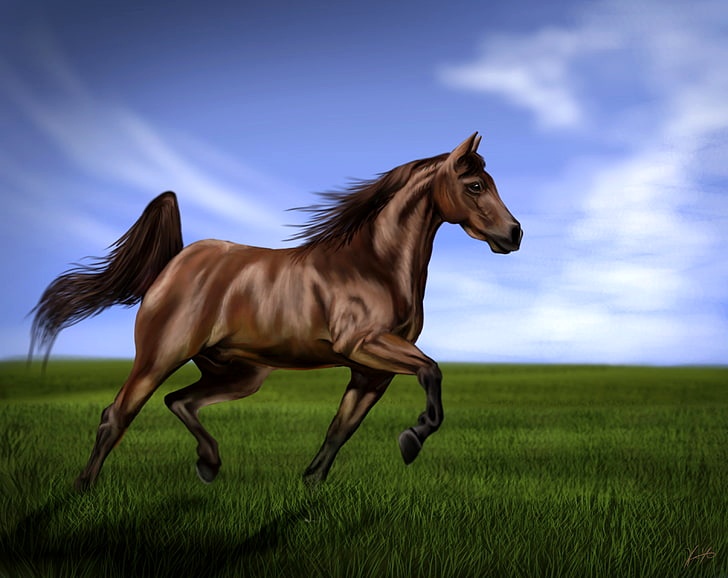Introduction
Rain does not have to be an obstacle for horse enthusiasts. Horses have evolved to be able to handle inclement weather. While some horses may be bothered by the rain and not want to go out on wet days, many horses can adjust to the rain and even enjoy running in it. This article will discuss the behavior of horses in the rain, their physical adaptations, and provide tips for riding in wet weather.
Physical Adaptations
Horses have several physical adaptations that make them well-suited for running in the rain. One of the most important is their waterproof coat. Horses have a double coat made up of an inner, downy layer of fine hair and an outer layer of stiffer guard hairs. The two layers work together to trap air and create a waterproof barrier against the rain. This waterproof layer also helps to keep the horse warm in cold weather.
Horses also have long eyelashes and wide eyes that protect the eyes from the rain. The hair around their eyes helps to keep the rain out and their wide eyes are more resistant to wind and rain. Additionally, the nostrils of a horse are well-adapted to prevent water from entering their respiratory system.
Behavioral Adaptations
Horses have also developed behavioral adaptations to help them cope with wet weather. Horses are social animals and they often seek out the company of other horses when it rains. This helps to keep them warm and gives them a feeling of security. Additionally, some horses will seek out shelter from the rain to help stay dry.
Horses can also run in the rain by adjusting their stride. They will shorten their stride and slow down their pace to help reduce the amount of water their feet are splashing up. This helps to keep the horse from getting too wet or muddy.
Tips for Riding in the Rain
When riding in the rain, it is important to take the necessary precautions to ensure the safety and comfort of both the horse and the rider. Here are a few tips for riding in wet weather:
1. Wear Appropriate Clothing: Make sure to dress appropriately for wet weather. Wear waterproof boots, a raincoat, and a hat to protect yourself from the rain.
2. Take Breaks: Take frequent breaks to ensure that the horse is not getting too cold or wet.
3. Protect the Horse’s Feet: Use hoof boots to protect the horse’s feet from the wet ground.
4. Use a Rain Sheet: Use a rain sheet to help keep the horse from getting too wet.
5. Use a Tack Cover: Cover the saddle with a tack cover to help keep it dry.
6. Take it Slow: When riding in the rain, take it slow and be aware of the footing.
7. Be Prepared for the Weather: Make sure to check the weather before heading out and be prepared for any sudden changes in the weather.
Conclusion
Rain does not have to be a barrier for horse enthusiasts. Horses are well-suited for running in the rain due to their physical and behavioral adaptations. With the right precautions, riding in wet weather can be a safe and enjoyable experience.

